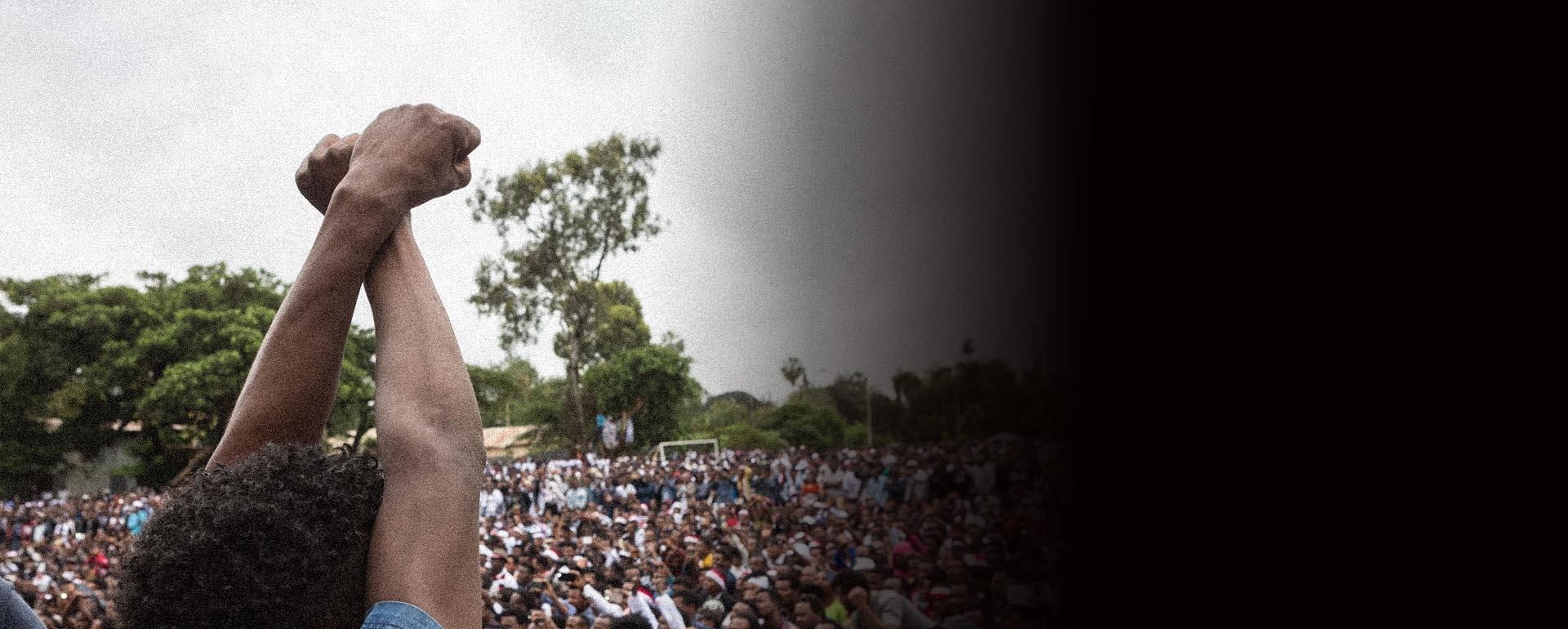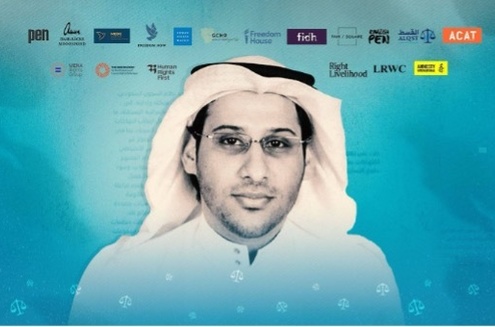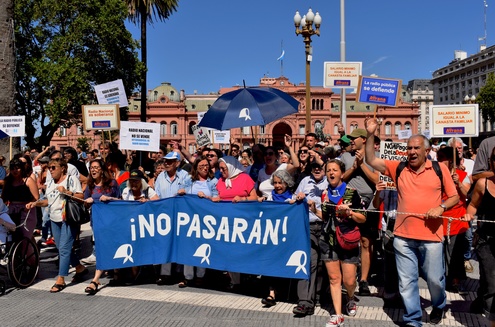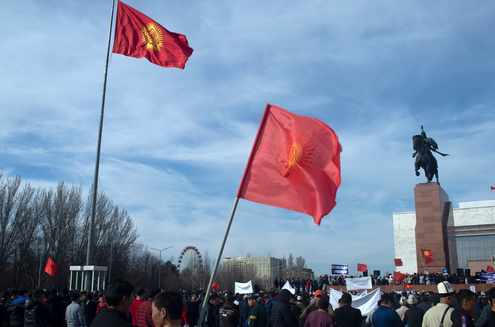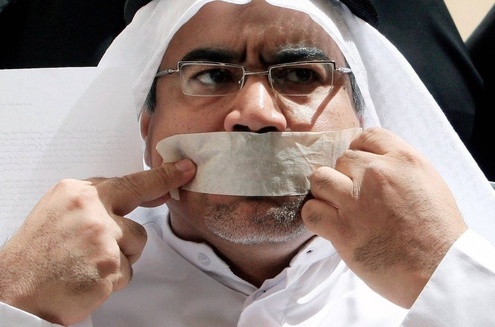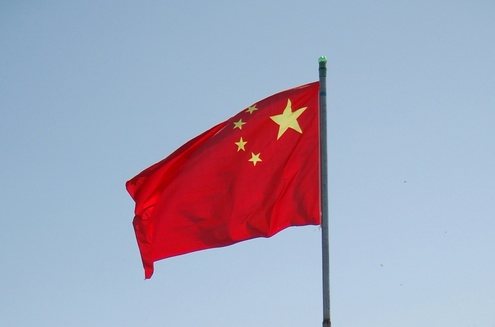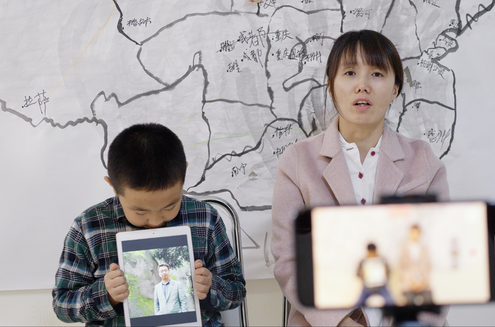In 2019, a human rights defender was killed every four days in Colombia.
In many countries, governments either don’t defend the rights of their citizens or actively attack them. So human rights defenders peacefully step in to protect our shared right to speech, health or clean water, to be free from torture, and to assist victims of human rights violations. Over the past 20 years, the global human rights movement has grown in every corner of the world, vocally promoting equality, freedom and justice for all.
At the same time, the job has grown increasingly dangerous. Defenders become the enemy of the powerful – governments, armed and criminal groups, and private corporations. Every year, hundreds of them endure smear campaigns, threats and intimidation, arbitrary arrest, lengthy judicial proceedings, enforced disappearance or even murder. Most of the time, the culprits are not punished.
While defenders who work on the land, indigenous peoples and environmental rights are the most exposed worldwide, other groups at risk include lawyers, journalists, trade unionists, women defenders and ordinary citizens working on a wide range of human rights issues.

Not only are defenders under direct attack, but their working environment has also considerably deteriorated. One weapon of choice for States is the adoption of restrictive legislation that slowly suffocates the work of human rights defenders, for example, by banning them from having bank accounts and receiving international donations or prosecuting them under security laws. Discrediting defenders is another way to isolate them, as in Central Eastern Europe, the former Soviet Union or the Philippines.
The OMCT is one of the main organisations striving to provide protection and support to defenders at risk wherever they are
The OMCT is one of the leading organisations striving to provide protection and support to defenders at risk wherever they are, regardless of their specific area of work. It’s been a pioneer in this field since its inception.
In 1997, the OMCT and the International Federation for Human Rights (FIDH) launched the Observatory for the Protection of Human Rights Defenders. It is a unique collaboration based on their respective global networks. The Observatory’s comprehensive strategy includes prevention and early warning of dangerous situations, raising awareness among policymakers and the general public, building the capacity of human rights defenders, providing them with direct assistance, and supporting local groups to enable them to continue their action in hostile contexts. The OMCT and the Observatory have played an essential role in including the protection of defenders on the agenda of the United Nations and of regional organisations in Africa, the Americas, and Europe.
In 2015, following a rise in attacks and repression, the OMCT, in partnership with 11 other international and regional NGOs, created ProtectDefenders.eu, the largest global protection mechanism. The OMCT is one of four members on its management board.
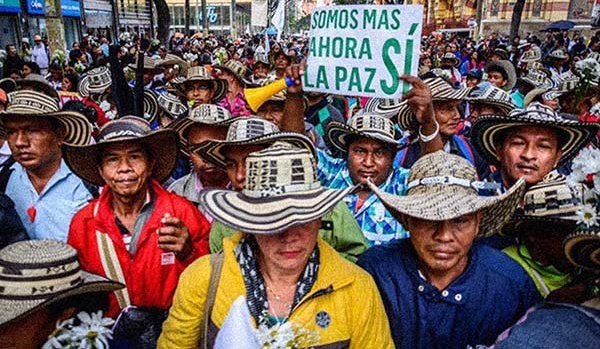
Related resources
-
- Algeria
- 04.04.24
- Statements
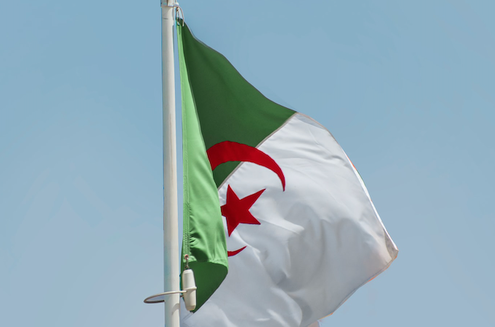 Read more
Read moreAlgeria: Detainees must be released and civic space opened
-
- Türkiye
- 22.03.24
- Urgent Interventions
 Read more
Read moreTürkiye: Arbitrary detention of human rights lawyer Şüheda Ronahi Çiftçi
